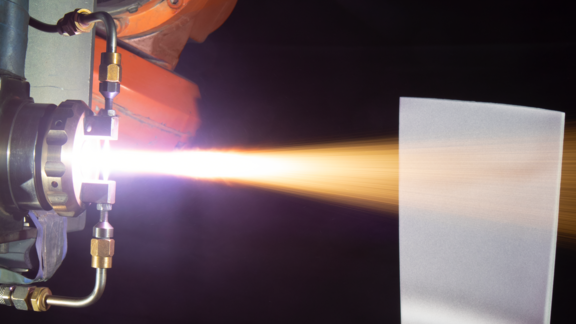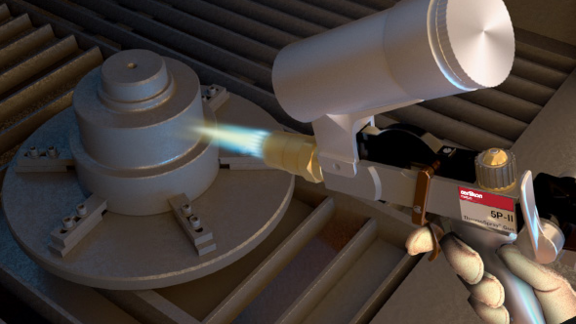Pitting is characterized by craters on a surface, or for thinner parts, holes that may go through the part. Pits are a localized form of corrosion that can be difficult to detect because they can be quite small or covered with corrosive by-products. By the time the pits can be seen using visual inspection, the part or structure may be beyond repair. Pits can manifest in many different shapes, from broad and shallow to narrow and deep. In some instances, a pit may have a narrow throat near the surface but expand subsurface.
Pits can form as a result of damage to a material’s naturally occurring oxide layer or passive film caused by chemical factors, such as ion attack or low oxygen, which destabilizes the oxide layer. Pits can also form as a result of mechanical damage to the oxide layer. Localized damage to coatings that are more noble than the substrate material can result in particularly aggressive pitting. Further, the pit can form a stress concentrator that can lead to structural failure as a result of stress corrosion cracking.



